145 Views
Keep Squirrels Out of Your Attic

by
BrightNest
(IC: blogger)
WHY DO THIS?
They may look cute when they’re munching on acorns in your backyard, but squirrels are absolutely zero fun to have running around your attic. The thing is, your warm, dry attic is basically the perfect shelter for these arboreal creatures, so if they can get inside it, they often will.
They may look cute when they’re munching on acorns in your backyard, but squirrels are absolutely zero fun to have running around your attic. The thing is, your warm, dry attic is basically the perfect shelter for these arboreal creatures, so if they can get inside it, they often will.
HOW TO:
Enjoyed the project?

Want more details about this and other DIY projects? Check out my blog post!
Published July 13th, 2015 2:00 PM
Comments
Join the conversation
1 comment
-
Squirrels have claws. That is an understatement. WATCH OUT FOR THEIR BITE. They can crack nuts....just think what they can do to your hands. As a Wildlife Rehabber anyone will tell you HEAVY GLOVES are necessary. Take the safe route. Hire a professional.
 Brenda Wells
on Aug 23, 2015
Brenda Wells
on Aug 23, 2015
-






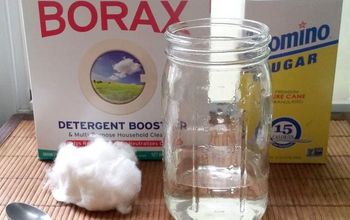

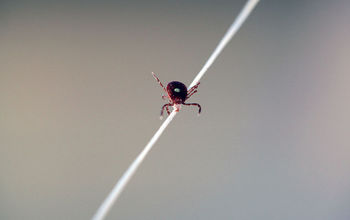
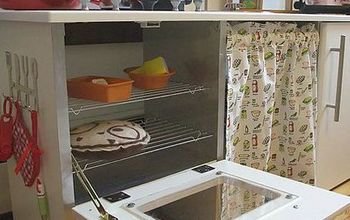

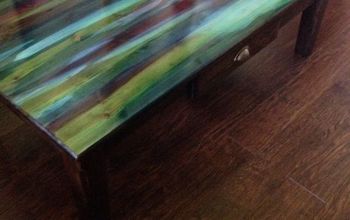



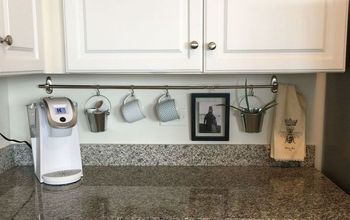
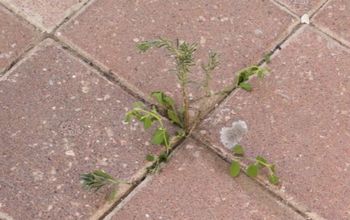



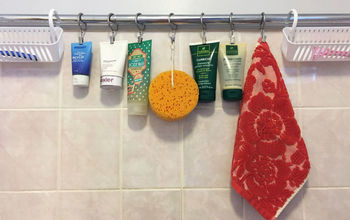



Frequently asked questions
Have a question about this project?